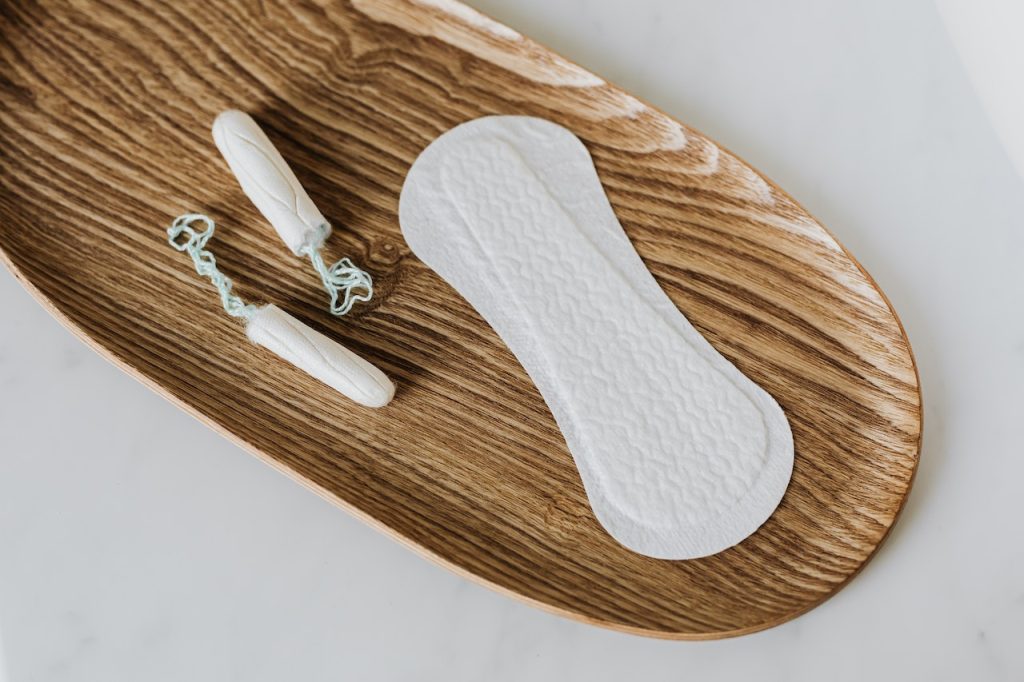Incontinence products play a crucial role in enhancing the quality of life for individuals dealing with urinary or fecal incontinence. Proper usage is essential not only for comfort but also to prevent skin irritation and infections. In this article, we will provide a comprehensive guide on how to use incontinence products safely and comfortably, highlighting essential dos and don’ts.
Dos:
1. Choose the Right Product:
- Do consult with a healthcare professional: Seek guidance from a healthcare provider to determine the most suitable incontinence product for your specific needs. They can recommend the right type, size, and absorbency level.
- Do consider your lifestyle: Select products that align with your daily activities. For example, if you’re active and mobile, opt for products that provide comfort and flexibility.
2. Maintain Proper Hygiene:
- Do practice good hygiene: Cleanse the genital and anal areas gently and thoroughly with mild, unscented soap and water during every product change. Proper hygiene helps prevent skin irritation and infections.
- Do use barrier creams: Apply a skin-friendly barrier cream before using incontinence products. These creams create a protective barrier that minimises contact between the skin and moisture.
3. Ensure a Secure Fit:
- Do measure for the right fit: Accurate sizing is crucial for comfort and effectiveness. Measure yourself or consult with a healthcare professional to determine the appropriate size of incontinence products.
- Do secure the product properly: Ensure that the product is snug but not overly tight. Fasten it securely to prevent leaks while allowing for comfortable movement.
4. Change Regularly:
- Do change products as needed: Pay attention to your body’s signals and change incontinence products promptly when they are wet or soiled. Prolonged use of wet products can lead to skin irritation.
- Do establish a changing routine: Create a regular schedule for changing products, especially if you have a predictable pattern of incontinence. This helps maintain comfort and hygiene.
5. Dispose of Properly:
- Do dispose of used products responsibly: Place used incontinence products in designated disposal bags or containers. Seal them securely before disposing of them in the appropriate waste receptacle.
Don’ts:
1. Don’t Ignore Skin Care:
- Don’t skip skin care: Neglecting proper skin care can lead to skin irritation and infections. Always clean and moisturise the skin before applying incontinence products.
- Don’t use harsh or scented products: Avoid using harsh soaps, fragrances, or alcohol-based wipes, as they can irritate the skin. Stick to gentle, hypoallergenic products.
2. Don’t Rush the Changing Process:
- Don’t rush when changing products: Take your time to ensure that the new product is positioned correctly and that all fasteners are secure. Rushing can lead to improper fit and potential leaks.
- Don’t reuse disposable products: Disposable incontinence products are designed for single use. Reusing them not only compromises hygiene but also diminishes their effectiveness.
3. Don’t Ignore Signs of Irritation:
- Don’t ignore skin irritation: If you notice redness, rashes, or discomfort, address them promptly. Consult a healthcare professional for guidance on treating and preventing skin issues.
4. Don’t Neglect Odor Control:
- Don’t ignore odor control: Choose products with odor-control features or use odor-neutralising sprays if necessary. Proper odor control helps maintain dignity and comfort.
5. Don’t Compromise on Quality:
- Don’t opt for low-quality products: While cost considerations are important, choosing cheap, inferior products can lead to discomfort, leaks, and skin problems. Invest in quality products that meet your specific needs.
Conclusion
Using incontinence products safely and comfortably is essential for individuals dealing with urinary or fecal incontinence. By following the dos and don’ts outlined in this guide, you can ensure that you select the right products, maintain proper hygiene, achieve a secure fit, change products promptly, and dispose of them responsibly. Prioritising these practices not only enhances comfort but also promotes skin health and overall well-being. If you encounter any issues or have questions, don’t hesitate to consult with healthcare professionals for guidance and support.

